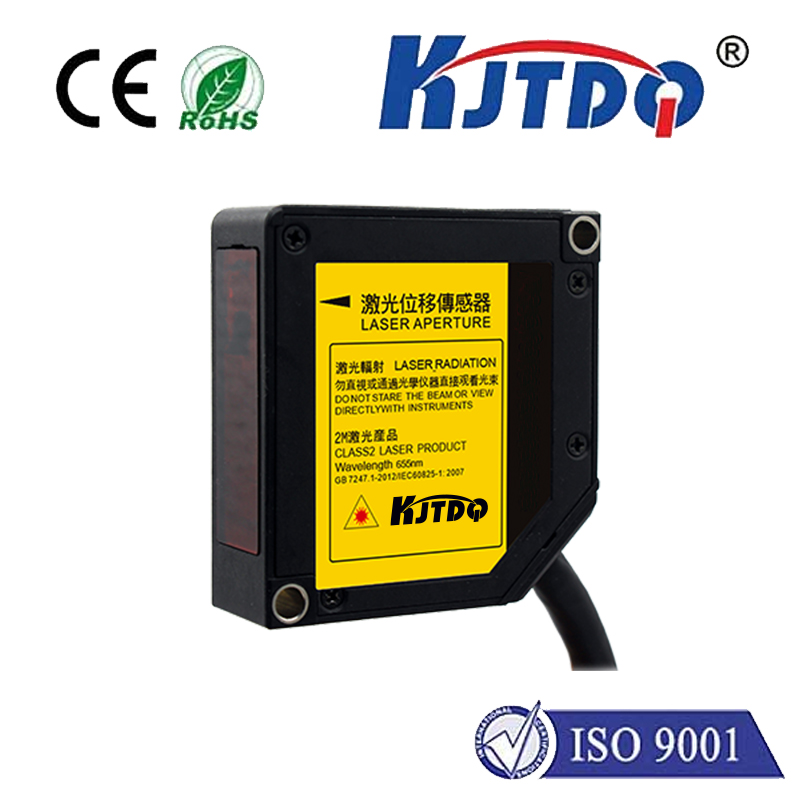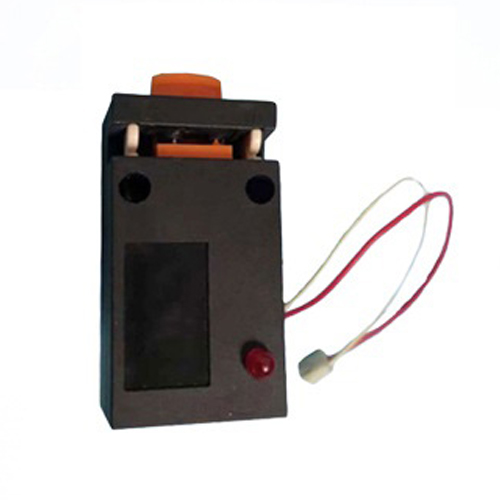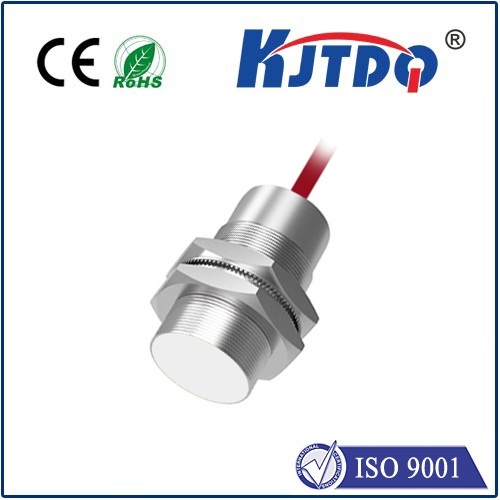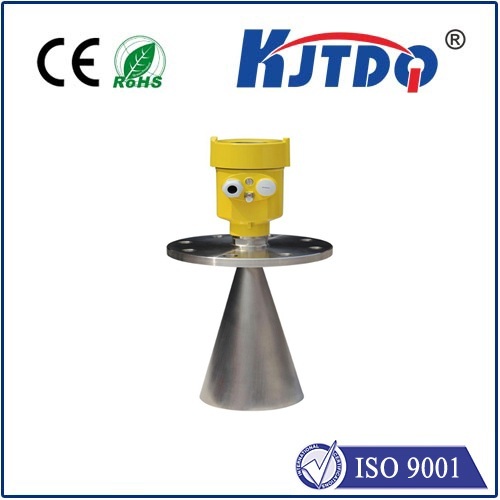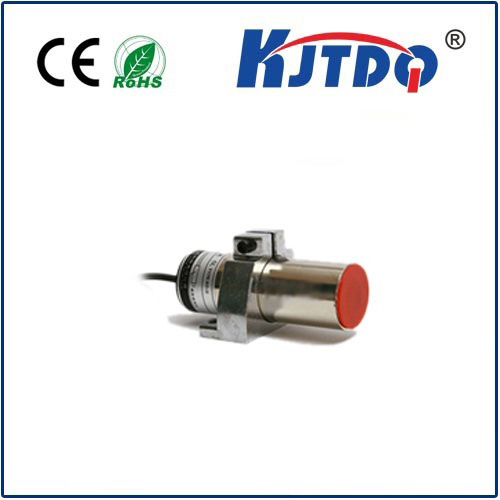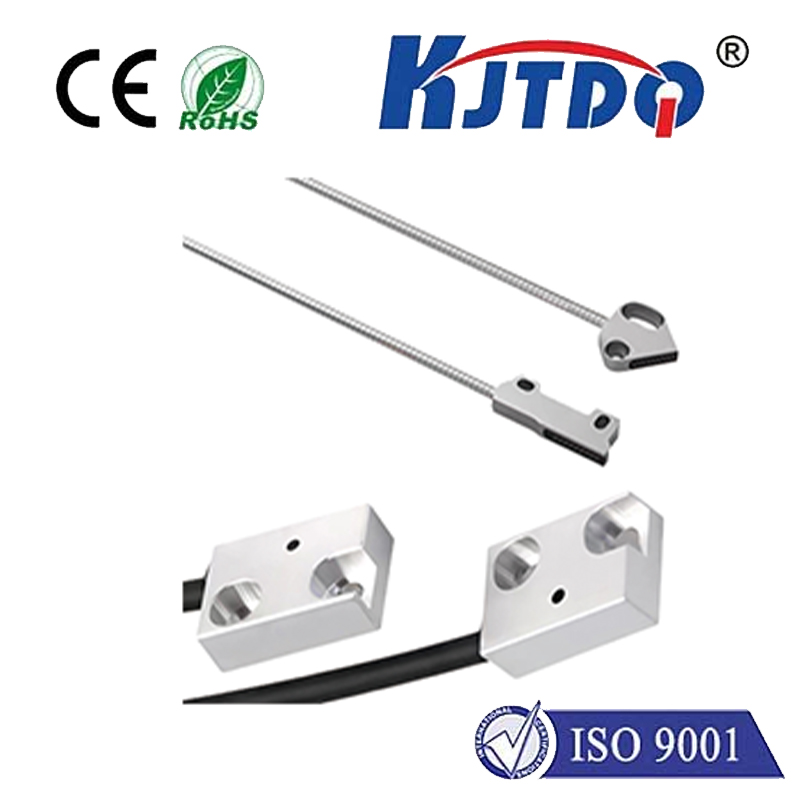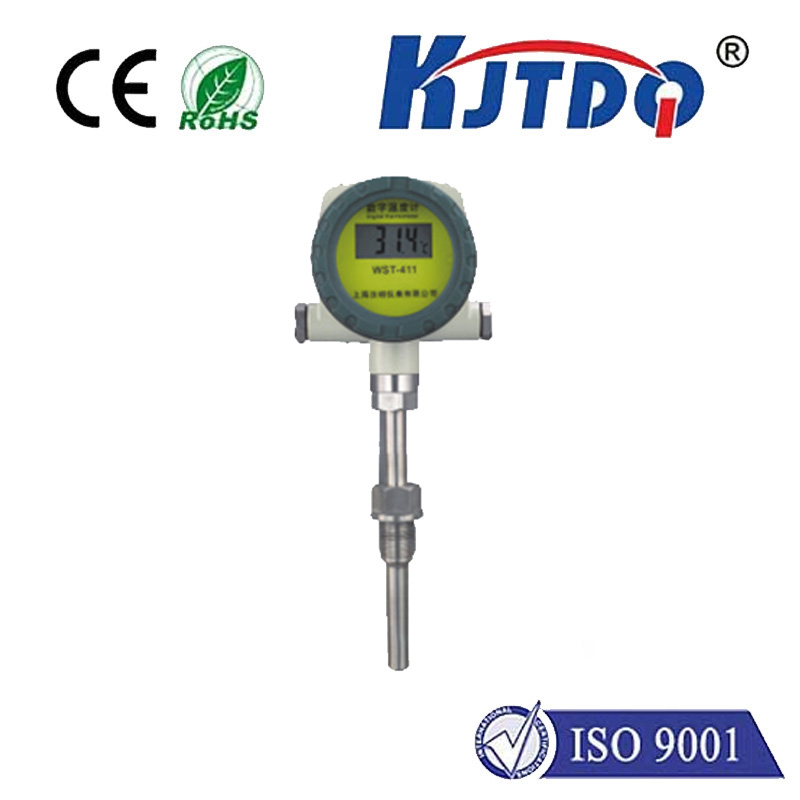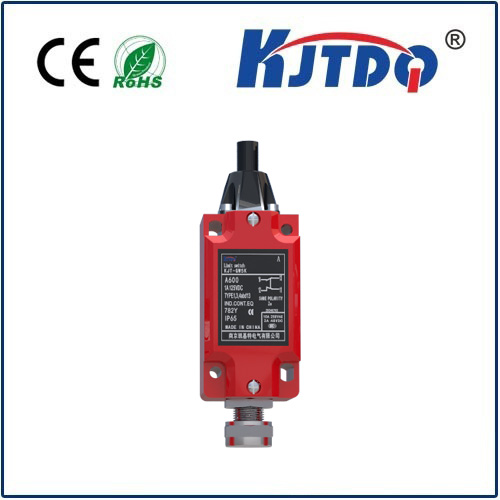

check

check

check

check
Imagine walking past your favourite coffee shop, and your phone subtly pings with a notification: “Your usual latte is just $1 off right now!” Or browsing a museum exhibit, only to have detailed information about the artist pop up automatically as you approach the painting. This isn’t futuristic fantasy; it’s the tangible reality of proximity marketing (Proximity M), revolutionizing how brands connect with consumers in the physical world, precisely when and where it matters most.
At its core, proximity marketing leverages location-based technologies to detect nearby smartphones or devices and deliver targeted content, offers, or information. It transforms physical locations – stores, events, transit hubs, city streets – into interactive engagement zones. The fundamental principle is simple yet powerful: Reach the right person, with the right message, at the right place and time. It’s about bridging the gap between the digital and physical customer journey, creating a seamless and highly contextual experience.
The Tech Arsenal Powering Proximity M
Several key technologies enable this hyper-local targeting:
Unlocking Value: Proximity Marketing in Action
The applications of Proximity M are vast and impactful across numerous industries:
Retail Revolution: This is perhaps the most fertile ground. Imagine:
Personalised welcome messages and exclusive offers greeting loyal customers as they enter.
Contextual discounts popping up near high-margin items or slow-moving stock.
Instant access to product reviews, videos, or inventory checks by hovering near a shelf.
Frictionless checkout via mobile wallet prompts near the point-of-sale.

Proximity insights reveal high-traffic zones and dwell times, optimizing store layouts.
Events & Experiences Enhanced: From concerts to conferences, proximity tech elevates engagement:
Event apps providing real-time schedules, speaker bios, and venue maps triggered by location.
Interactive booth experiences at trade shows – tap or approach for demos or lead capture.
Exclusive content or backstage access offers sent to attendees near specific stages or areas.
Streamlined navigation within large venues like stadiums or airports.
Hospitality & Tourism Personalised: Hotels, resorts, and attractions leverage proximity to anticipate needs:
Room keys delivered digitally upon arrival detection.
Concierge services or special dining offers promoted based on guest location within the property.
Localised travel tips and attraction discounts as tourists explore different neighborhoods (geofencing).
Smart Cities & Public Services: Proximity tech informs and guides citizens:
Public transport updates and route planning based on bus stop or station proximity.
Relevant alerts (construction, events) delivered to devices in specific city zones.
Interactive museum or historical site experiences providing context-sensitive information.
Navigating the Critical Path: Privacy & Permission
The power of Proximity Marketing hinges entirely on user consent and trust. Delivering unsolicited messages or tracking without clear permission is not just ineffective; it’s a fast track to backlash and reputational damage. Best practices are non-negotiable:
Respecting privacy isn’t just compliance; it’s an ethical imperative and the foundation for sustainable proximity marketing success. Brands that prioritise transparency and user control build deeper loyalty.
The Future Horizon: Context Gets Smarter
The evolution of Proximity M is intrinsically linked to broader technological advancements:
The Unignorable Edge
Proximity Marketing moves beyond the scattergun approach of traditional advertising. It represents a paradigm shift towards meaningful, contextual interaction at the critical physical-digital touchpoint. For brands, it offers unparalleled opportunities to drive foot traffic, boost conversions, enhance customer experiences, and gather invaluable behavioural insights. For consumers, it promises convenience, personalisation, and richer interactions with the world around them – when executed with respect and clear value. As technology matures and privacy frameworks evolve, Proximity M will undoubtedly cement its place as an indispensable tool in the modern marketer’s arsenal, proving that sometimes, the most impactful connection is the one made just a few feet away.
